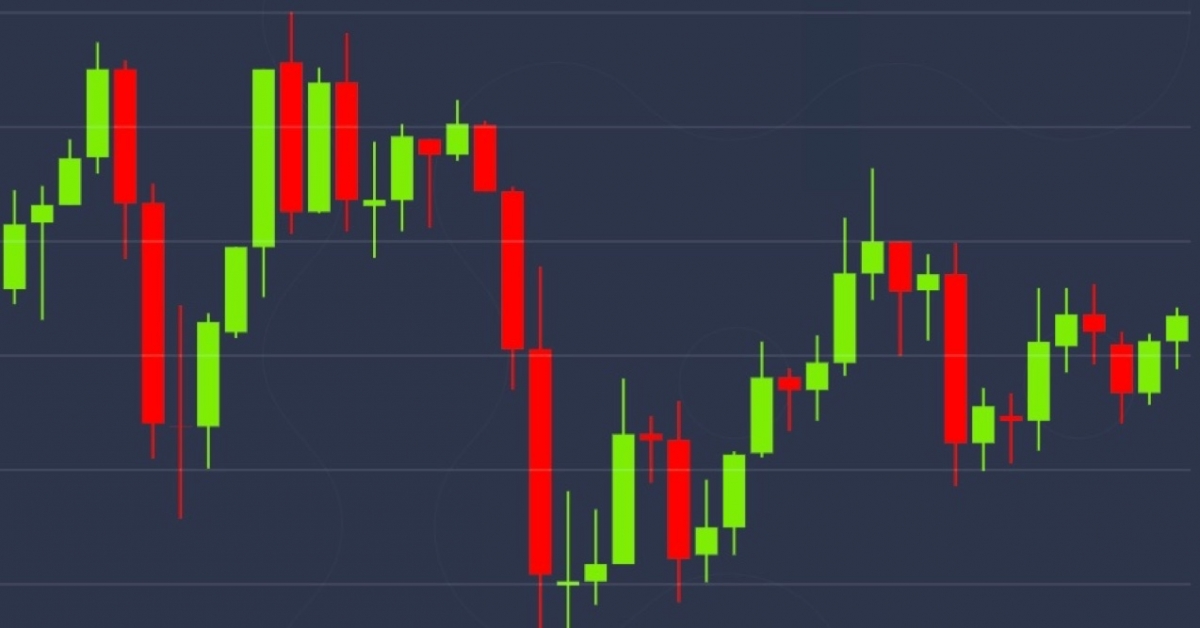Highest in 2 Years: 65% of Bitcoin Hash Power Is in China, Report Finds
Chinese President Xi Jinping addressing students of MGIMO, on March 23, 2013 in Moscow (via Shutterstock).
For all of bitcoin’s promise of being the world’s first decentralized, peer-to-peer cryptocurrency, 65 percent of the total hash power resides in China. That’s the highest in at least two years according to a recent report by CoinShares Research.
Skeptics like economist Nouriel Roubin often claim there is a massive centralization of power among miners and the blockchain is not even close to decentralization and democracy. That the majority of bitcoin’s hashrate is being supplied by China adds weight to their charges.
The hashrate refers to the computing power dedicated to mine blocks and secure the network. At press time, bitcoin’s hashrate stands at 91.34 exa hashes per second (EH/s), according to bitfinfocharts.com.

It is likely the world’s second-largest economy has the biggest influence on the top cryptocurrency. If a couple of big Chinese miners were to switch off, the hashrate will likely drop sharply, making the network less secure.
The majority of bitcoin mining power resides in China mainly due to natural factors. A mining market analyst at bitcoin asset manager and trading platform RRMine, who asked not to be named, told CoinDesk:
“China is a large country and there are many poorly developed areas with low-price, abundant electricity, such as Xinjiang, Yunnan, Inner Mongolia and Sichuan. As we all know, electricity costs and mining machines are two important factors for mining costs, so mining companies and individual miners prefer setting up mines in China.”
Half of the global mining power is located in Sichuan, which has an ample supply of cheap hydroelectricity.
Further, major improvements have been made in the mining hardware over the last year or so and most of that has been predominantly installed in China, according to CoinShare’s Chris Bendiksen.
The upgraded hardware includes the likes of Bitmain’s Antminer 15 and 17 series and MicroBT’s Whatsminer 10 and 20 series, which work significantly faster to produce as much as five times the hashrate per unit as their predecessors.
China’s hashrate dominance will likely fall in the long run, as the latest generation hardware is expected to make an entry into the non-Chinese market. Meanwhile, politically stable and well-connected countries like Norway, with abundant hydropower potential, are likely to become mining powerhouses.
Bitmain is already building the world’s largest bitcoin mining farm in Texas, which has abundant power resources.
Global hashrate to rise ahead of halving
The hashrate has risen sharply from 50 EH/s in June to 91 EH/s at press time, having peaked at 100 EH/s in October.
The surge in bitcoin’s required computing power was fueled by its price rally from $4,000 to $13,000 in the four months preceding July. Miners’ willingness to use high-power mining machines and expectations of further price rally ahead of the May 2020 reward halving also upped the hashrate, according to RRMine analysts.
The halving will reduce the reward per block mined from current 12.5 BTC to 6.25 BTC. Miners, therefore, would want to mine as many bitcoins as possible before the reward is reduced substantially in May.
Further, RRMine analysts are expecting the price to peak and boost mining profitability ahead of halving. It’s worth noting that historically, bitcoin has put on a good show in the six months leading up to the supply-cutting event.
Thus, while pricing may remain volatile and unpredictable, the hashrate is less likely to see a significant drop ahead of May 2020.
Disclaimer Read More
The leader in blockchain news, CoinDesk is a media outlet that strives for the highest journalistic standards and abides by a strict set of editorial policies. CoinDesk is an independent operating subsidiary of Digital Currency Group, which invests in cryptocurrencies and blockchain startups.
This article is intended as a news item to inform our readers of various events and developments that affect, or that might in the future affect, the value of the cryptocurrency described above. The information contained herein is not intended to provide, and it does not provide, sufficient information to form the basis for an investment decision, and you should not rely on this information for that purpose. The information presented herein is accurate only as of its date, and it was not prepared by a research analyst or other investment professional. You should seek additional information regarding the merits and risks of investing in any cryptocurrency before deciding to purchase or sell any such instruments.









